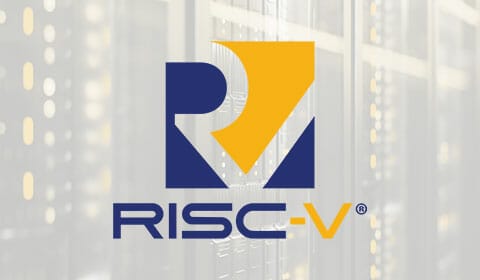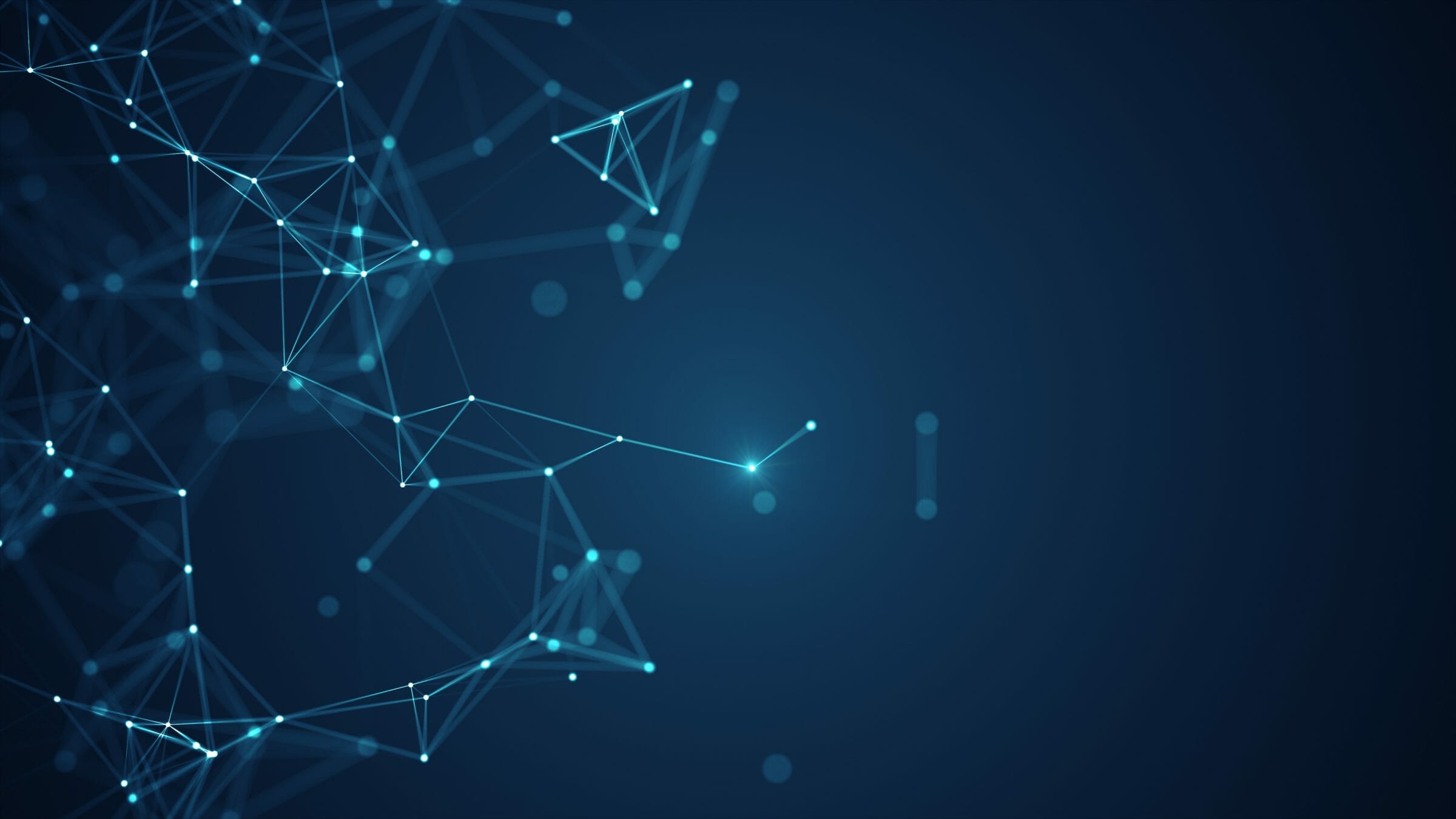| Status | Under Development |
| Access arrangements | Developed changes will be integrated into OSPRay and ParaView/Catalyst. GRChombo example code will be made available at https://github.com/GRChombo/GRChombo. |
| Organisation | DAMTP, University of Cambridge, Intel |
| Project linkage | UKAEA: JOREK code exemplar for in-situ visualisation |
This project seeks to create new in-situ visualization capabilities and to port exemplar community codes onto multi-accelerator systems using a unified programming model (oneAPI), which will be directly applicable to planned exascale systems. This programme represents a substantial development in a longstanding collaboration between Intel, TACC, Kitware and the Cosmos Intel Parallel Computing Centre and Intel Graphics and Visualization Institute of Xellence, hosted in the Cambridge Faculty of Mathematics (which has recently become an Intel oneAPI Centre of Excellence).
This project has been given early access to Intel’s new accelerator systems to investigate the benefits of platform-independent oneAPI programming and the impact of architecture specific optimizations, and is also exploring performance on accelerators from other vendors. This programme builds on a strong track record of achievement by the award-winning Cosmos team.
An important component of this programme is the dissemination of these in-situ visualization advances across the wider UK HPC community by implementing these capabilities in community codes, offering online training courses, and running open workshops, as well as SC and ISC presentations.

Radia, M., Sperhake, U., Drew, A., Clough, K., Figueras, P., Lim, E. A., Ripley, J., et al. (2022). Lessons for adaptive mesh refinement in numerical relativity. Classical and Quantum Gravity https://doi.org/10.1088/1361-6382/ac6fa9
Gerosa, Davide and Fabbri, Cecilia Maria and Sperhake, Ulrich (2022) The irreducible mass and the horizon area of LIGO’s black holes. Classical and Quantum Gravity, 39 (17). Art. No. 175008. ISSN 0264-9381. https://doi.org/10.1088/1361-6382/ac8332


